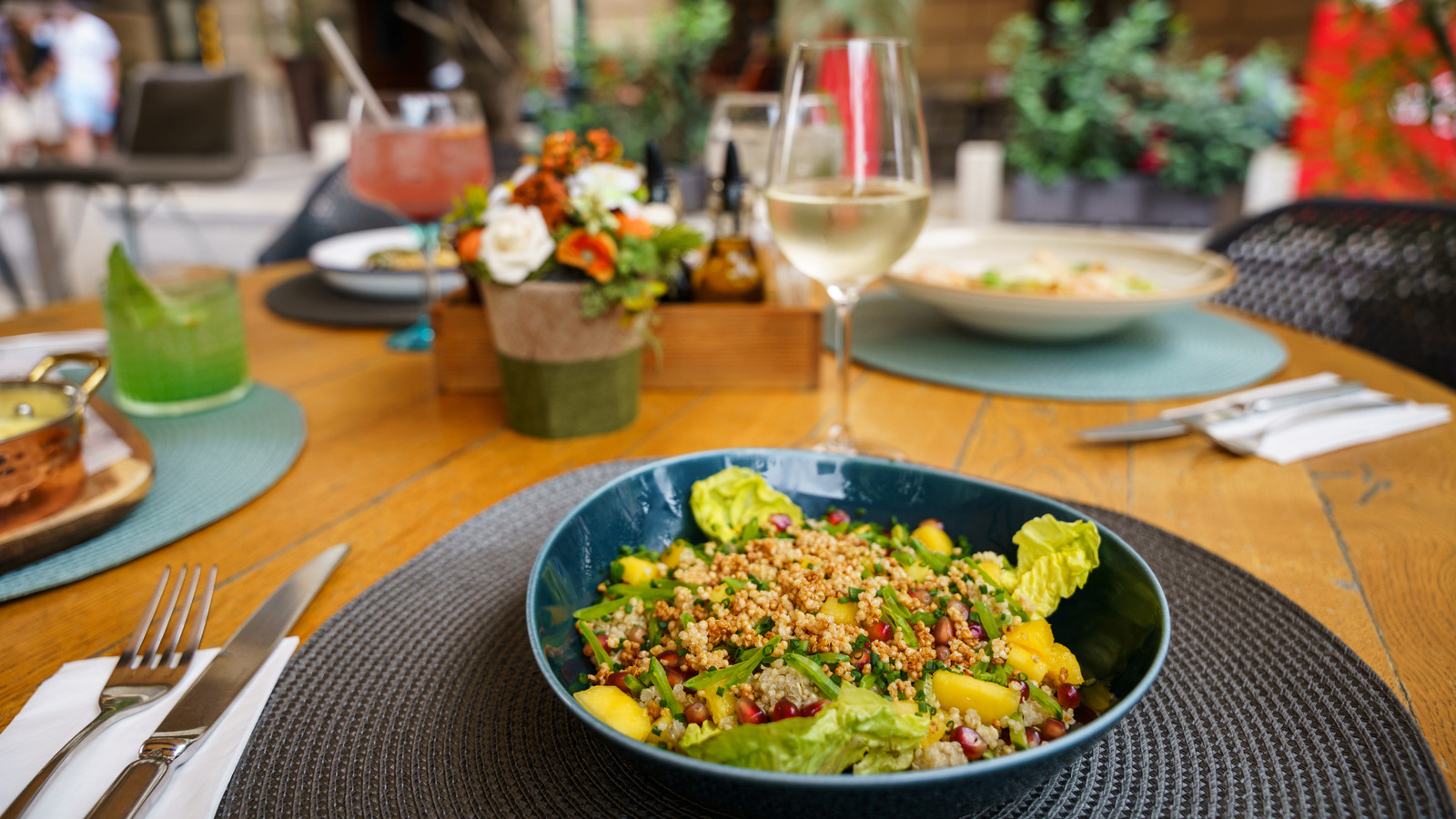
"Foodies often define veganism by its negative space: no meat, no cheese, no animal products whatsoever. But this plant-based eating style is more than its absence. Vegan diners center whole foods and plant-based sources of protein and fat, and dining dogma shouldn't get pushed to the wayside when eating out. No, a protein-less salad does not satisfy the requirements of a vegan meal. It's a pile of lettuce."
"When dining at a restaurant, your server is the conduit between front-of-house and back-of-house. They want to make sure you get a meal you'll enjoy, but they cannot read your mind. Communicate your dietary needs, and be clear, concise, and polite. Servers appreciate it when diners are clear and specific about what they want - especially when vegan patrons suggest their own diet-appropriate ingredient substitutions, if possible."
"Efficiency eliminates confusion. Positing the vague generality "Can this be made vegan?" assumes that your server has a dimensional understanding of veganism, and experience with its less-obvious nuances (for example, "fries" might seem vegan, but if they're cooked in beef tallow, then they're not). Avoid slip-ups - or worse, the unpleasantness of sending a dish back - by being prepared up front."
Vegan eating centers whole foods and plant-based proteins and fats rather than merely excluding animal products; a salad without protein is inadequate. Diners should communicate dietary needs clearly, politely, and specifically to servers, proposing precise ingredient substitutions when possible. Requests like "made vegan" are too vague; instead request specific changes (for example, linguine dressed in olive oil, without cheese or butter). Avoid assuming staff understand vegan nuances: fries may be cooked in beef tallow. Ask menu questions up front, be prepared with substitutions, and offer thanks and eye contact to encourage attentive service.
Read at Tasting Table
Unable to calculate read time
Collection
[
|
...
]